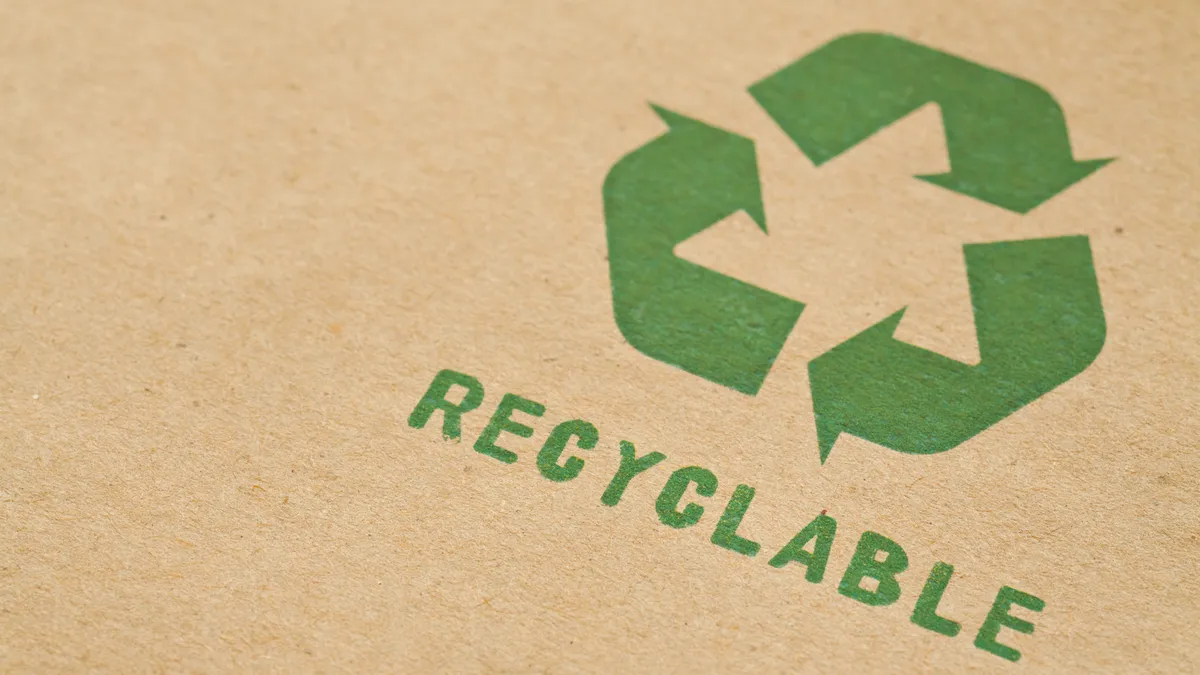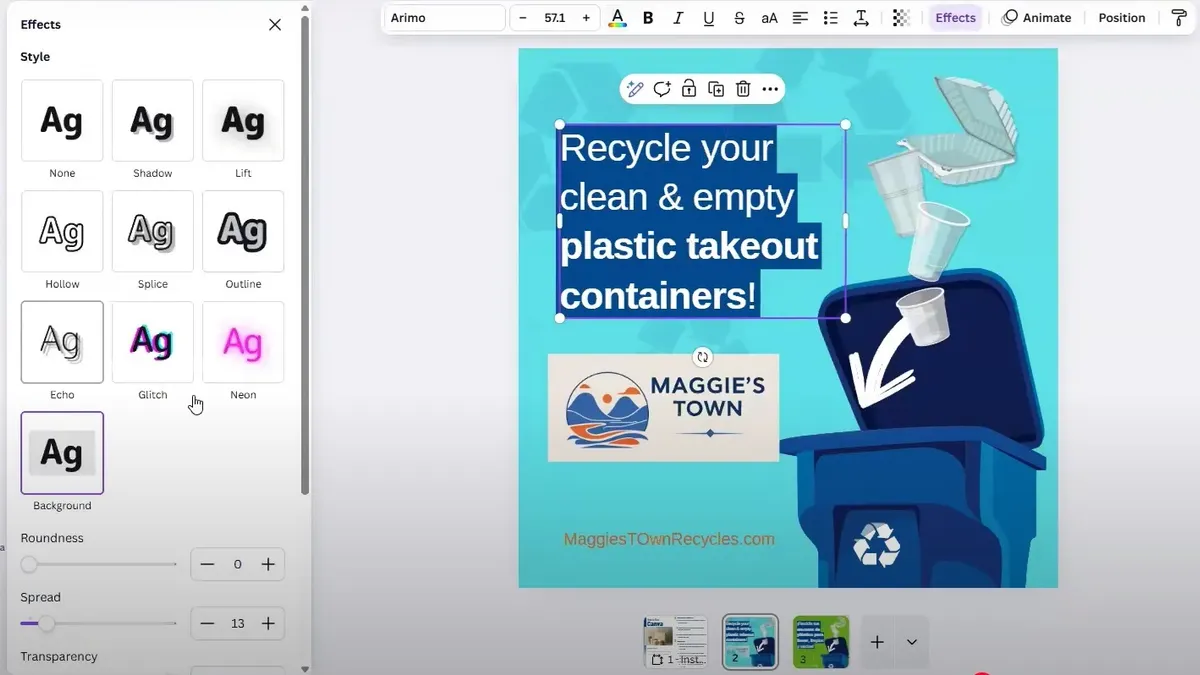U.S. states’ extended producer responsibility for packaging laws have added another layer of complexity for brands trying to guide consumers on how to properly dispose of packaging, speakers recently discussed during a virtual event hosted by the Consumer Brands Association on navigating sustainability goals in the age of EPR.
The proliferation of state regulations comes as the Federal Trade Commission is still in the midst of reviewing and potentially updating the Green Guides, the federal guidance document on the use of environmental marketing claims. Multiple states have tacked other issues into their EPR for packaging laws, including around marketing claims.
“The states did not want to miss the opportunity to join in the fun. They're also in the process of making life more confusing and more complex by adopting conflicting legislation around primarily the use of chasing arrows,” said John Hewitt, CBA’s vice president of packaging sustainability.
Hewitt shared examples of Oregon’s EPR for packaging law establishing a “truth in labeling” task force and Maine’s incentivizing labeling that reduces consumer confusion.
California covered the issue through a separate labeling law, SB 343, that restricts the use of the chasing arrows symbol. However, its EPR law also stipulates that materials may not be labeled “recyclable” unless they’re on the covered materials categories list, but according to Hewitt the materials covered under 343’s draft regulations do not align with those in the EPR law’s CMC.
Federal guidance on these issues is also a bit in flux as this first-in-a-decade Green Guides review is ongoing. In this review cycle, the FTC sought comment on existing terms such as “compostable” and “degradable.” It also sought comment on new terms including “carbon neutral” and “sustainable,” according to Joseph Aquilina, vice president and deputy general counsel at CBA, the latter of which is “a word that we all seem to throw around in our everyday lexicon.”
“All these terms are really important, because in many ways, the FTC has not really kept pace, because of the cadence of the Green Guides, of what has been happening with the marketplace,” Aquilina said.
In the absence of federal standards, more legal action around these issues has emerged. There have been dozens of cases in recent years against brands over “greenwashing;” for example, the term “recyclable” has been a lightning rod, with brands being called out for insufficient substantiation.
Some of those cases are class action lawsuits and some are originating from the NGO community. Some are brought forth from state attorneys general increasingly active in this space, including in Connecticut, Minnesota, California and New York, Aquilina noted. Some cases hinge on a theory of public nuisance, Aquilina explained, which may suggest that plastic designs or insufficient cleanup efforts cause environmental injury.
Hewitt said that the state and federal “patchwork poses obviously a number of compliance challenges for producers. We have states that mandate the use on plastic packaging of resin identification codes, which includes the chasing arrow, and then you have other states that are directing producers to remove it and take it away.”
“So, conflicting rules, conflicting fee mechanisms, do certainly make compliance a little bit more difficult,” Hewitt said. But amid state and federal changes, brands can still be making inroads on better communicating recycling information to consumers, he said.
One tool that could offer some clarity that CBA and The Recycling Partnership are encouraging is dynamic labels, such as through TRP’s RecycleCheck, which draws on information from TRP’s National Recycling Database. These are important because packaging is often labeled at the national level but recycling is hyperlocal, said Whitney Webber, recyclability solutions director at TRP.
These rapid changes in state and federal rules are making it harder and more expensive for brands to have continuously accurate on-pack labels, an argument for delivering information via QR codes. Webber highlighted gable-top and aseptic polycoated cartons, polycoated paper packaging like cups and food service ware, and LDPE tubs as among the package types at “high risk” of having to remove their recyclability claims in both California and Oregon.
Interested in more packaging news? Sign up for Packaging Dive’s newsletter today.




















